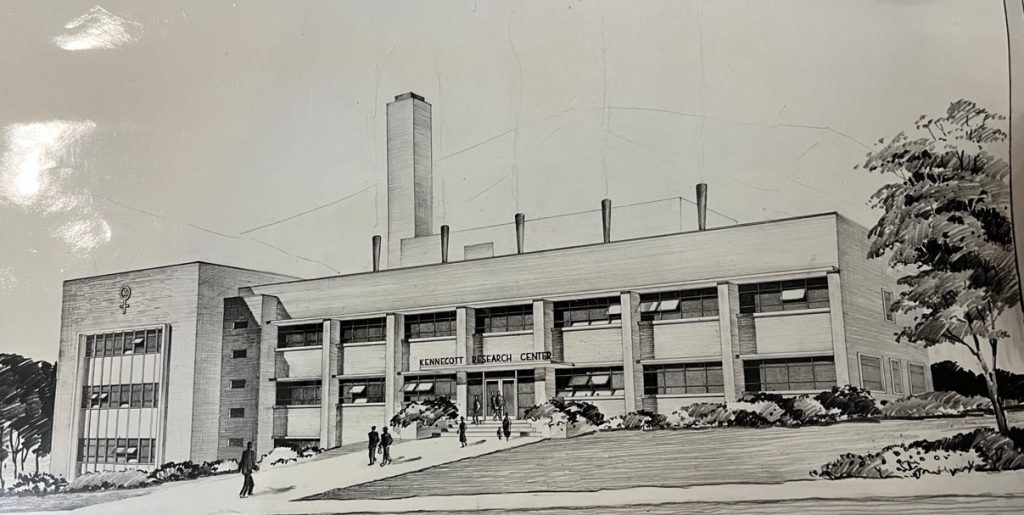Crescent Elementary
Crescent Elementary has served three different roles in nearly 100 years: elementary school, alternative high school, and now a restaurant and event center. At the end of the 19th century, the Salt Lake County School District began to consolidate the neighborhood schools and provide funds for new buildings. The county suggested that some of the…
George Thomas Library
In 1905 the University of Utah’s Board of Regents expanded Richard Kletting’s original commons plan into the present horseshoe arrangement. Between 1900 and 1935, nine buildings were built on the horseshoe, the Thomas Library being the last. These nine buildings, the Presidents’ Circle, were a major architectural statement chronicling the development of the University into…
Kennecott Copper Research Center
For University of Utah President Ray Olpin, a post-war university had an obligation to more directly demonstrate its value to society. He believed that goal could be accomplished by transforming the university from a purely academic institution to one actively pursuing research that could impact the state’s economy. This vision materialized in the form of…
Sterling W. Sill Home Living Center
Traditionalist styles dominated US university architecture in the first half of the 20th Century. However, by mid-century, Modernism was embraced as a preferred style of campus architecture as these designs were simple and relatively inexpensive to construct. At the University of Utah, an additional factor favoring Modernism was the establishment of the School of Architecture…
Union Building
Between 1900 and 1935, nine buildings were built on the University of Utah commons (Presidents Circle), the 1928 Union Building being the penultimate. These nine buildings were a major architectural statement chronicling the development of the University into an important educational institution (National Park). In 1922 university students had expressed an urgent need for a…





